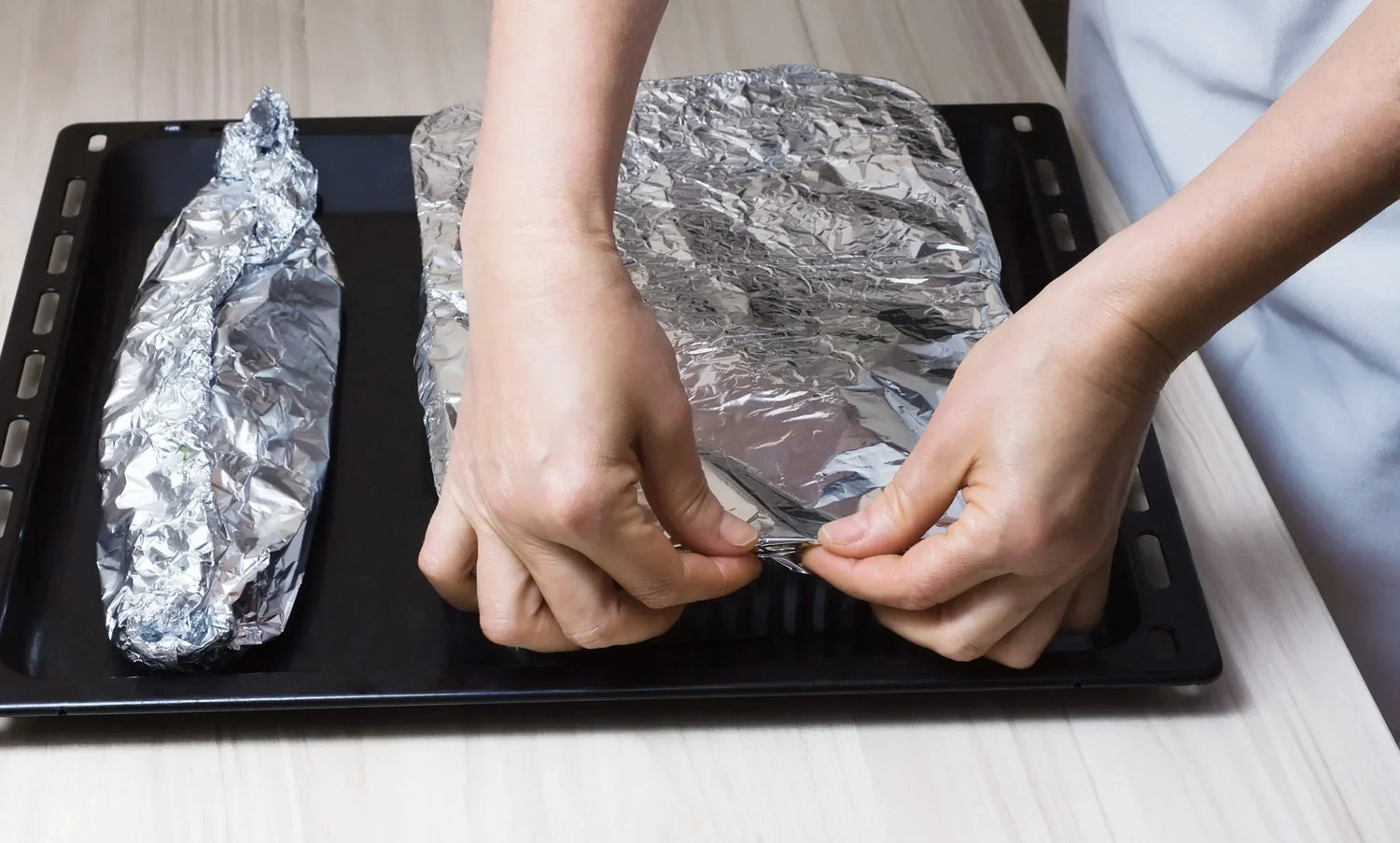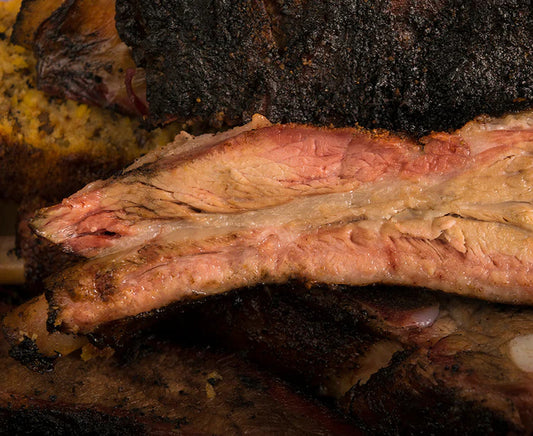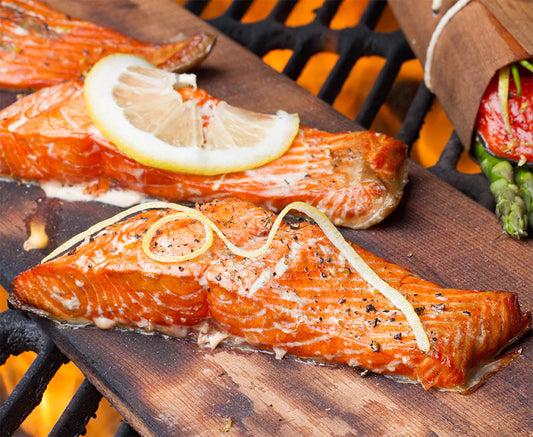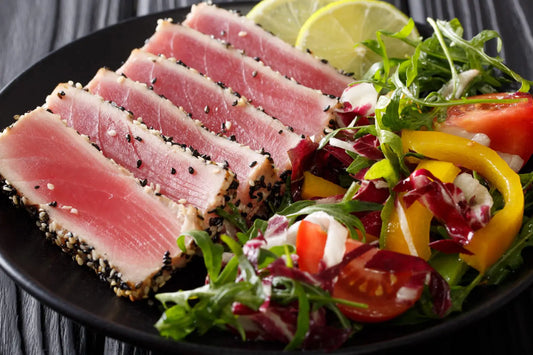A meat smoking session can be one of the greatest ways to bond and have wonderful family time. The long cooking hours create ample time for you to interact and converse. One common thing about meat smoking sessions is that you will often be obliged to prepare extra. This ensures you don’t have to worry about everyone not getting enough. However, a major concern on many people’s minds is dealing with leftovers.
Do your meat leftovers never seem to have the same taste as the previous night? Well, the chances are that you are possibly not reheating them the best way. Also, you are likely not the only one getting it wrong. It might seem like an obvious everyday practice, but there is undoubtedly a way to do it better like a pro. Some people might be excellent pitmasters, but when it comes to reheating leftover smoked meat, that’s where they draw the line. But you no longer have to worry because we will share the best warming methods for your leftover smoked meat.
Before anything else, the first thing you will want to ensure you do right is to store the smoked meat leftovers in an airtight container or preferably use a vacuum sealer. This allows it to settle nicely and keep it away from any contamination that might affect its quality, from its flavor to tenderness. A vacuum sealer also protects your leftover smoked meat from oxygen, the number one enemy for smoked foods.
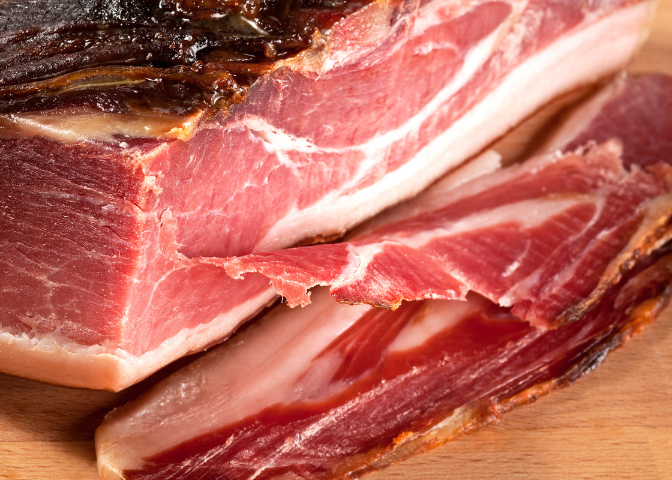
How to Reheat Leftover Smoked Meat
Make Sure There’s Moisture
Before starting the warming process, the key thing to factor in is to ensure that the meat has sufficient moisture; just like smoking, reheating absorbs moisture from the meat, hence the need to have enough of it. You don’t want to ruin well-smoked meat that took you hours when reheating it. We recommend spritzing the meat with a low sodium moisturizer, which can be beef broth, apple juice, or even chicken broth, depending on your preference.
Wrap the Meat
The next thing will be to wrap your meat nicely with aluminum foil. Using aluminum foil helps conserve moisture to ensure you end up with juicy, tender meat. The secret is to make sure you completely wrap the cut of meat and block all the possible routes where air can escape. It’s also essential in holding the flavors together, helping retain the original taste of your meat. The smoker can drain meat if it’s not moist enough, leaving you with no juices.

Heat the Food Smoker
With your nicely wrapped cut of meat, the next step is to heat your food smoker. The key highlight of the leftover smoked meat reheating process is that it needs to be done low and slow. Remember, different meats have different smoking temperatures, which you will want to consider. We recommend consulting our in-depth official smoking temperature guide, which is in line with the advised smoking temperatures by the United States Department of Agriculture (USDA). The key highlight of the leftover smoked meat reheating process is that it needs to be low and slow. You also need to understand that the objective is to reheat and not cook.
Pay Attention to Temperature
Reheating leftover smoked meat also calls for close attention. We recommend closely monitoring the internal temperature of the meat. It’s an ideal way of ascertaining whether the meat has been warmed through. It’s already smoked and well-cooked, so it won’t need too long on the food smoker; you are just preparing it for serving once more. We recommend reheating your leftover smoked meat to the recommended internal temperature of 165 °F or 75 °C.
Other Ways
Aside from smoking, there are other ways to reheat your leftover smoked meat. You can choose to reheat it in an oven, which you can substitute for a food smoker during bad weather. An oven can serve you well, but you will also need to watch the moisture. Aluminum foil is also essential here to wrap the meat, just like when reheating using a food smoker. A stovetop and microwave can also serve their purpose, especially for small cuts of meat. However, microwaves are known for drying out meat, which can ruin your meal.
Therefore, we recommend using your food smoker if possible. It will not only retain the meat’s flavor but also preserve its tenderness, giving you that juicy and savory cut you deserve.
Check out a few more articles that will help you when reheating smoked meats:
The Ultimate Guide to Preheating Your Smoker
How to Freeze and Reheat Meat Correctly
The Heat is On: How to Smoke Every Meat to Perfection
For more great ideas on how to get the most out of your Bradley Smoker, check out the awesome articles on our Bradley Smoker Food Smoking Blog for more tips and tricks.

